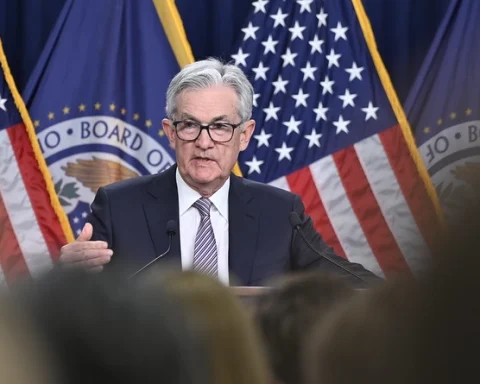In the delicate dance between economic stability and crisis preparation, the Federal Reserve has recently unveiled a new policy that echoes echoes past strategies deployed during the 2007 financial crisis. Despite assurances to the public that the economy is robust, the Fed’s actions behind the scenes reveal a strategic move to fortify the financial sector against potential bank crises. This nuanced approach raises questions about transparency, moral hazard, and the delicate balance between maintaining confidence and preparing for possible disruptions.
The Discount Window Dilemma: At the heart of the Fed’s new policy is the utilization of the discount window—a mechanism that allows banks to access funds directly from the Federal Reserve. This approach is reminiscent of strategies employed during the 2007 financial crisis when distressed banks were encouraged to tap into this source of liquidity. However, the challenge lies in convincing healthy banks to take advantage of this option without triggering public panic or eroding confidence.
Balancing Act: Providing Cover Without Raising Alarms: The hesitancy observed among financial institutions to tap into the discount window is grounded in the inherent risk of alarming the public. If depositors perceive a bank seeking support from the Fed, a rational response might be a mass exodus of funds. The Fed’s delicate balancing act involves providing a safety net for at-risk banks while avoiding the destabilizing effects of bank runs—a challenge deeply embedded in the modern fractional reserve banking system.
Unpacking Moral Hazard: Escalating Risks and Vulnerabilities: The Fed’s strong-arming of healthy banks to comply with this strategy introduces a complex ethical concern—moral hazard. By encouraging institutions to participate in crisis preparation, the Fed inadvertently heightens the risks associated with potential financial disruptions. This deliberate removal of a signal of institutional risk leaves customers more vulnerable, as the line between strategic preparation and unintentional escalation blurs.
Transparency Amidst Strategic Silence: As the Fed orchestrates these maneuvers, concerns about transparency linger. Striking a balance between shielding the financial system from unnecessary shocks and providing the public with clear and candid information becomes a formidable task. The challenge lies in effectively communicating the necessity of crisis preparations without sowing seeds of doubt regarding the overall economic health.
In conclusion, the Federal Reserve’s intricate policy dance underscores the complexity of managing economic stability in the face of potential crises. The delicate interplay between strategic fortification and transparent communication demands a nuanced approach. As the Fed prepares for potential bank crises, the challenge lies in maintaining public confidence without compromising the integrity of the financial system. The path forward will require a continued delicate dance on the tightrope of economic uncertainty.
























